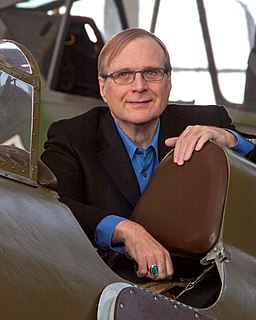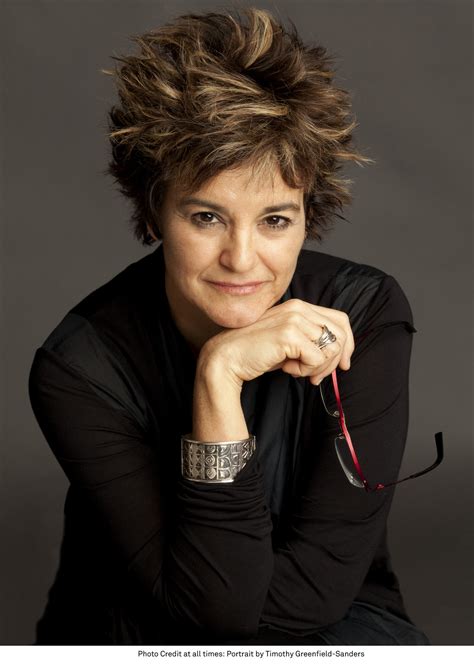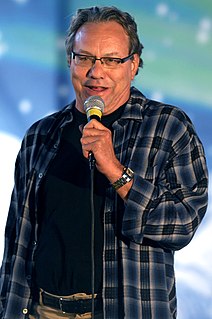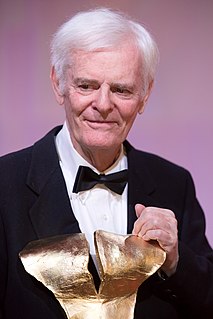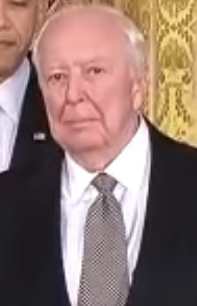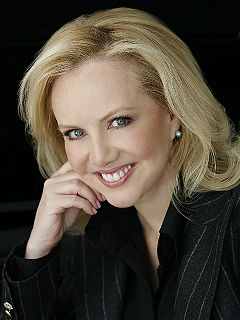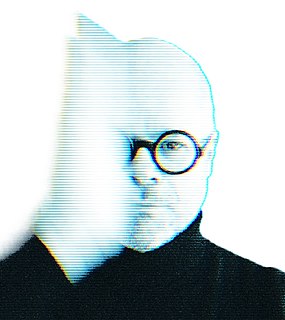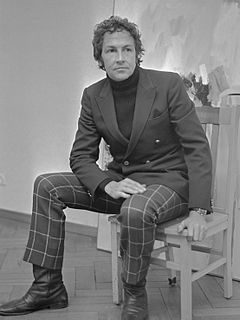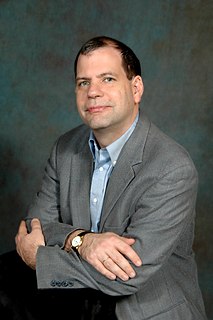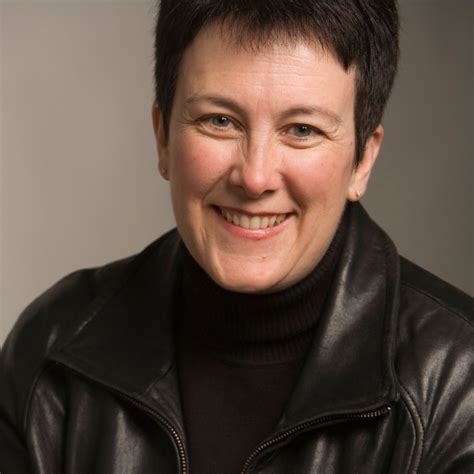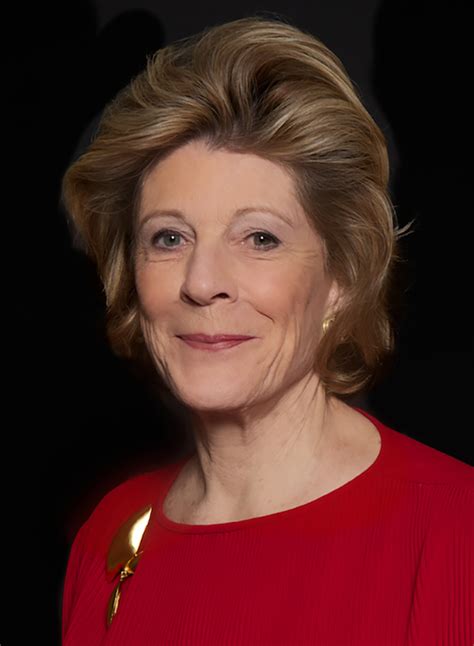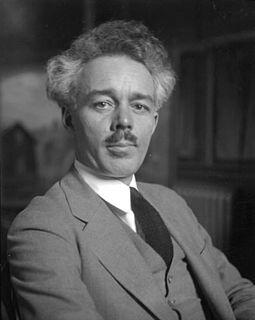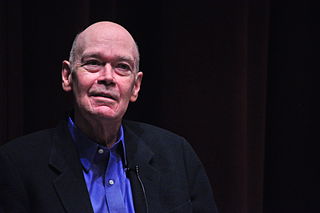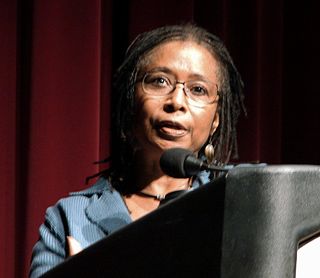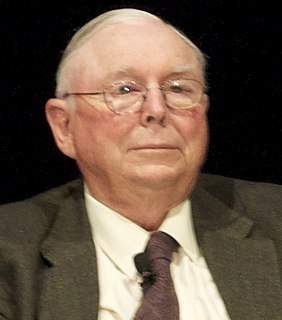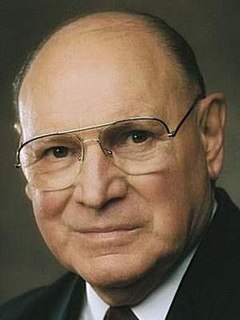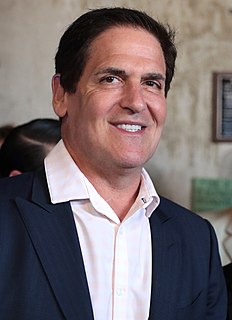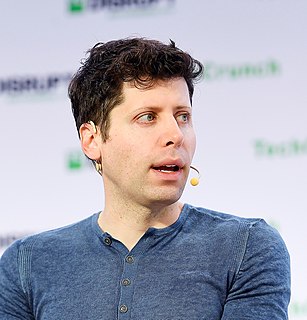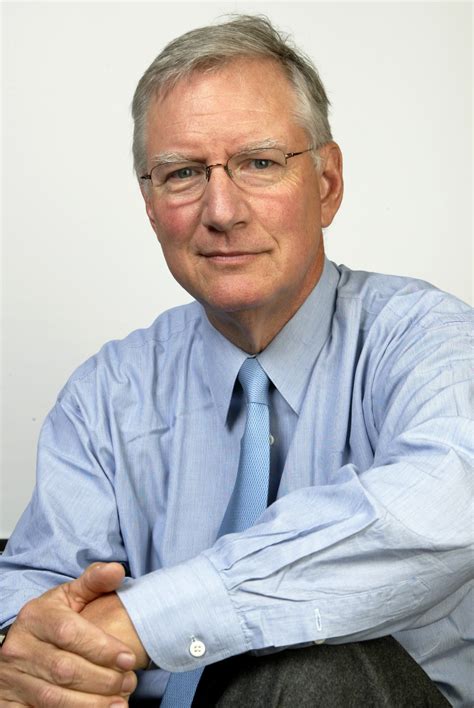A Quote by Paul Allen
Seattle has a long tradition of celebrating local and non-local art - from the Burke and Seattle Art Museums to the Asian Art Museum.
Related Quotes
In Vegas, you have an audience you can't find anywhere else. It's from all over the country. You play Seattle, everyone's from Seattle. But in Vegas, you have six from Seattle, a bunch from L.A., some local Las Vegans and maybe a farmer from Iowa. In Vegas, you learn the ins and outs of holding a room because of that great spectrum of folks.
Our time and attention is scarce. Art is not that important to us, no matter what we might like to believe... Our love of art is often quite temporary, dependent upon our moods, and our love of art is subservient to our demand for a positive self image. How we look at art should account for those imperfections and work around them. Keep in mind that books, like art museums, are not always geared to the desires of the reader. Maybe we think we are supposed to like tough books, but are we? Who says? Many writers (and art museums) produce for quite a small subsample of the... public.
When we even use the term 'specialized world,' we already have a problem! We're making art; they are making art... these worlds are not far apart from each other. For instance, pieces of art that hang on a wall can be seen in museums or can be used in a variety of commercial ways. That art is everywhere, so the message is that it's a part of everyday life.
Through our own creative experience we came to know that the real tradition in art is not housed only in museums and art galleries and in great works of art; it is innate in us and can be galvanized into activity by the power of creative endeavour in our own day, and in our own country, by our own creative individuals in the arts.
By the end of the 1980s, Seattle had taken on the dangerous lustre of a promised city. The rumour had gone out that if you had failed in Detroit you might yet succeed in Seattle - and that if you'd succeeded in Seoul, you could succeed even better in Seattle... Seattle was the coming place. So I joined the line of hopefuls.
The museum in D.C. is really a narrative museum - the nature of a people and how you represent that story. Whereas the Studio Museum is really a contemporary art museum that happens to be about the diaspora and a particular body of contemporary artists ignored by the mainstream. The Studio Museum has championed that and brought into the mainstream. So the museums are like brothers, but different.
I personally have never trusted museums. ... It is because museums, broadly speaking, live off of the art and artifacts of others, often art and artifacts that have been obtained by dubious means. But they also manipulate whatever it is they present to the public; hence, until Judy Chicago, in the 1970s ... few women artists were hung in any major museum. Indian artists? Artifacts only, please. Black artists? Something musical, maybe? And so forth.
